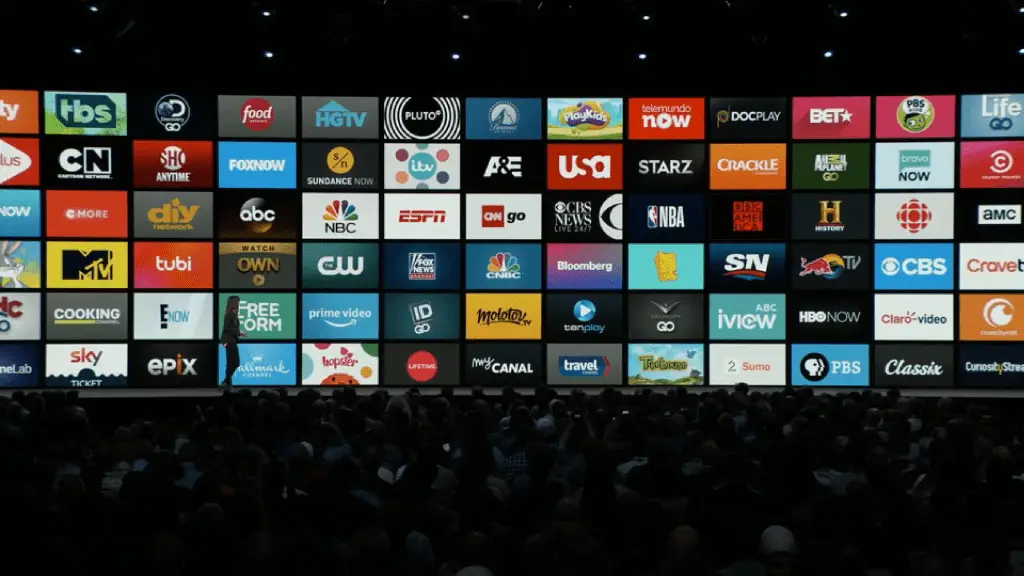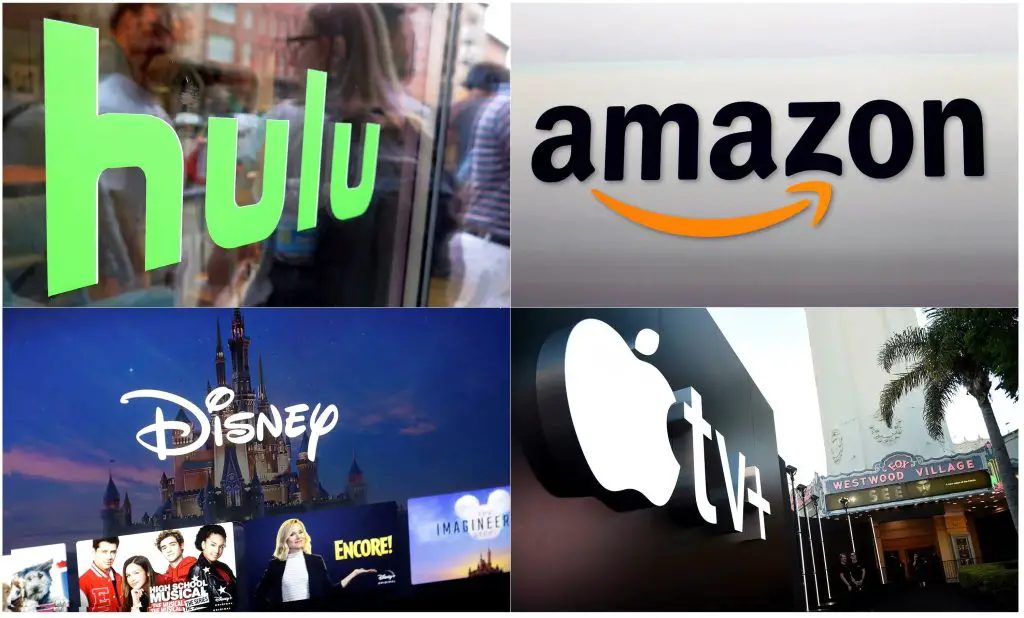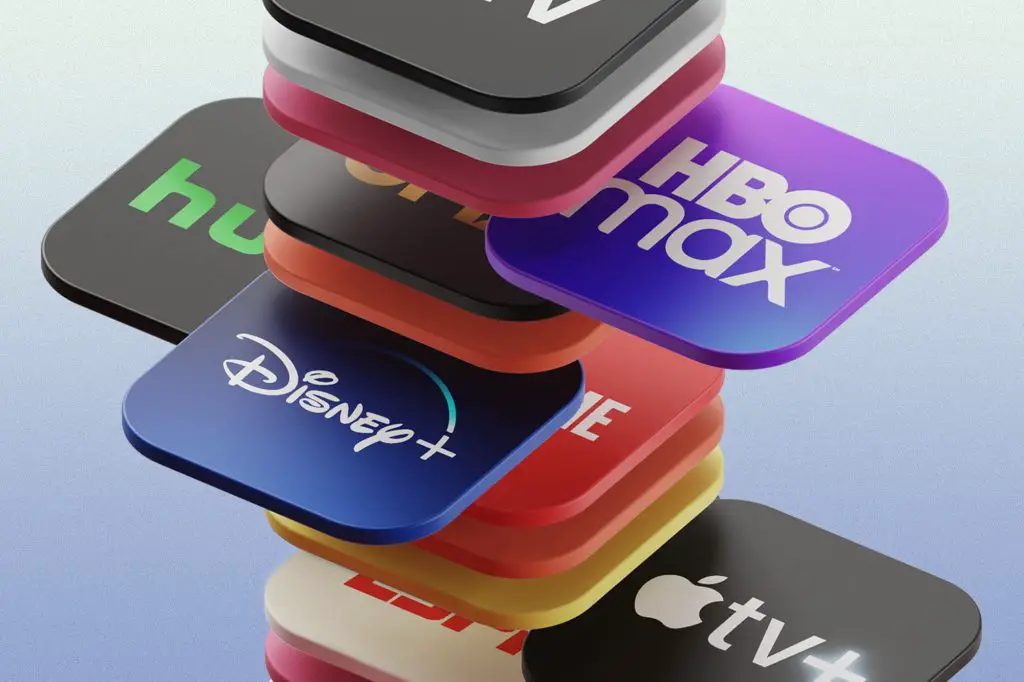Streaming services have taken the world by storm. With the likes of Netflix, Amazon Prime, Disney+, and HBO Max, to name a few, it’s hard to imagine a world without these digital entertainment giants. But the burning question that many ponder is – are streaming services truly profitable? Let’s dive in and explore.
The Economics of Streaming Services
Running a streaming service isn’t a walk in the park. It involves significant investments in content creation and acquisition, infrastructure, and user acquisition. So, how do these platforms manage to keep afloat, and do they really turn a profit?
The Revenue Model
Streaming services typically operate on a subscription-based model. Users pay a monthly or annual fee to gain access to a library of content. For example, Netflix, the leading player in the industry, boasts 208 million paying subscribers worldwide, with an average revenue per user (ARPU) of $14.25 in the U.S. and Canada.
Disney+ operates similarly, with 103.6 million subscribers globally and a global ARPU of $3.99, while Hulu, which is part of the Disney family, has 37.8 million subscribers and a $12.08 ARPU.
The Cost Side of the Coin
While the revenue numbers might seem impressive, these companies also bear substantial costs. Content acquisition and production can run into billions of dollars. For instance, Amazon Prime Video’s content budget was $7 billion in 2020.

Are Streaming Services Truly Profitable?
Now, let’s address the elephant in the room – are streaming services profitable? The answer isn’t as straightforward as one might hope. It varies from one service to another and largely depends on their revenue and cost dynamics.
For instance, Netflix, despite being the largest streaming service, has faced questions about its profitability due to its enormous debt from content spending. However, its large subscriber base and high ARPU give it a strong revenue foundation.
On the other hand, Disney+ benefits from the broader Disney ecosystem, but it’s not yet profitable on its own. Amazon Prime Video, while popular, does not disclose its profitability separately, making it difficult to evaluate.
The Pandemic Effect
The Covid-19 pandemic presented a unique opportunity for streaming services. With people confined to their homes, there was a surge in streaming video usage. In fact, Americans spent 44% more time streaming video in the fourth quarter of 2020 than they did a year earlier.
However, as people return to normal activities, the industry faces the challenge of maintaining these high usage levels.

FAQs
-
How do streaming services make money?
Streaming services primarily make money through subscriptions. Users pay a monthly or annual fee to access the content library. Some platforms also generate revenue through advertising.
-
How many subscribers does Netflix have?
As of their most recent quarterly report, Netflix has 208 million paying subscribers worldwide.
-
What is the average revenue per user for Netflix?
The average revenue per user for Netflix in the U.S. and Canada is $14.25.
-
What is the global subscriber count for Disney+?
Disney+ has 103.6 million subscribers globally.
-
How many subscribers does Amazon Prime Video have?
Amazon Prime Video has approximately 117 million subscribers worldwide.
-
Are all streaming services profitable?
Profitability varies from service to service. While some platforms are profitable, others are not or have not disclosed their profitability.

Conclusion
In conclusion, while streaming services generate substantial revenueI couldn’t find the exact number of subscribers for Apple TV+ as of the current year. Apple, unlike some of its competitors, does not typically disclose its exact subscriber numbers. This can make it difficult to find exact and up-to-date figures for the number of Apple TV+ subscribers. As of 2021, various estimates suggest that Apple TV+ had somewhere in the range of 40-50 million subscribers worldwide.


